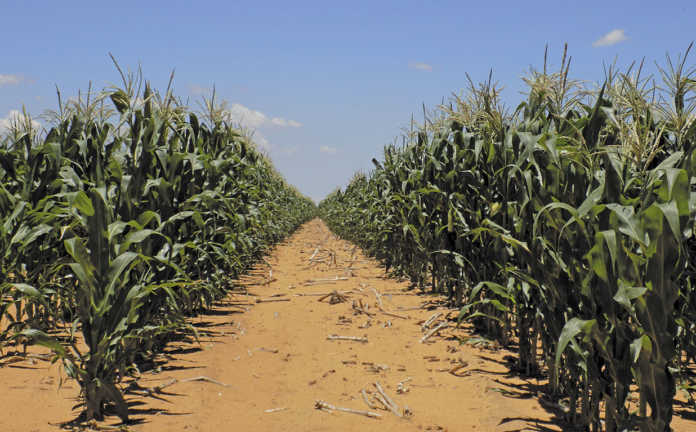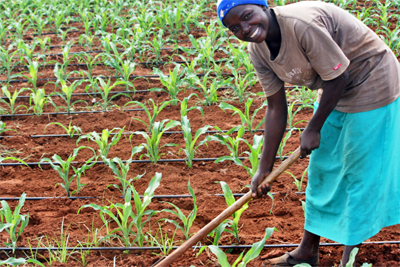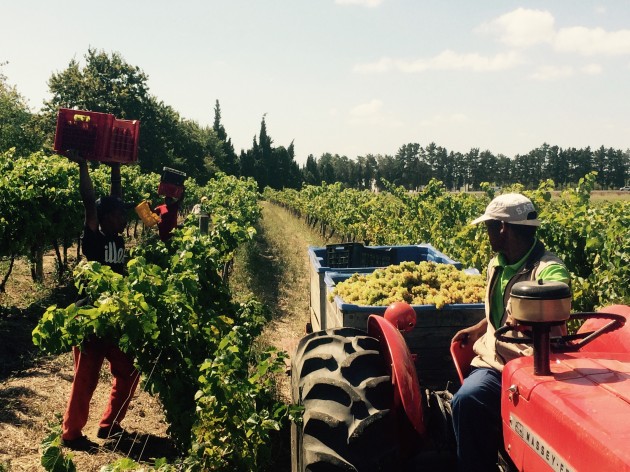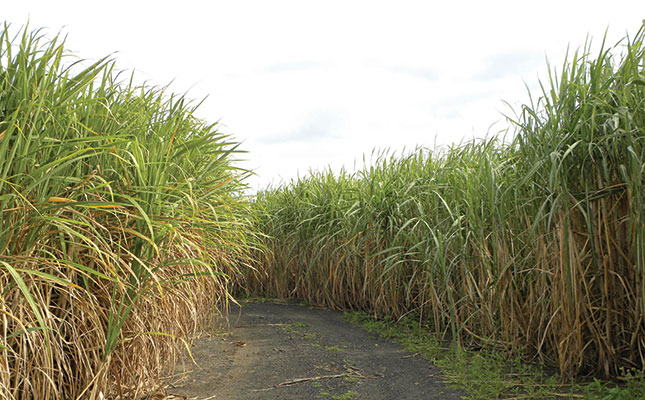THE FAMOUS SOUTH AFRICA CROPS AND HEALTHY SOIL FOR AGRICULTURE
SOUTH AFRICA FARMING AND BEST CROPS;![]()
South Africa is partitioned into various cultivating districts as indicated by atmosphere, normal vegetation, soil compose and cultivating rehearses.

Horticultural exercises go from escalated edit creation and blended cultivating in winter precipitation and high summer precipitation territories to dairy cattle farming in the bushveld and sheep cultivating in more dry areas.


FIELD CROPS AND HORTICULTURE;
Grain and oil seeds
African stem borer to BT-maize
Andri Visser, a doctoral understudy at the Unit for Environmental Sciences and Management at North-West University, investigates how suspicions about the conduct of the African stem borer influence the opposition administration procedure and maintainability of Bt-maize.
Maize is the biggest privately delivered field trim, and the most vital wellspring of starches in the southern African district. South Africa is the fundamental maize maker in the Southern African Development Community (SADC)
The creation of Bt-maize has expanded exponentially finished this time, topping at 2,36 million hectares in 2013.
Bt-maize contains hereditary material from the Bacillus thuringiensis bacterium; this empowers the plants to create precious stone proteins that are poisonous to certain nuisance species, however innocuous to people and animals.




CROPS IN SOUTH AFRICA;
Wine
South Africa is the ninth biggest wine maker on the planet. More than 110 000ha of land are under development, with more than 300-million vines. Around 84% of wines are created by cooperatives. More than 4 000 essential wine makers utilize more than 60 000 individuals. South African wine sends out rose from 22-million liters in 1992 to right around 314-million liters in 2007, with trades, between January 2007 and January 2008, overwhelming local deals interestingly.



Sugar
South Africa is the world’s thirteenth biggest sugar maker. Sugarcane is developed in 15 zones stretching out from northern Pondoland in the Eastern Cape through the beach front belt and Midlands of KwaZulu-Natal to the Mpumalanga Lowveld. An expected 2.5mt of sugar is created each season. Somewhere in the range of half is showcased in southern Africa, with the rest traded to Africa, the Middle East, North America and Asia. Natural product



FINALLY FARMING IN SOUTH AFRICA IS VERY WIDE AND USEFUL FOR PEOPLE.
